Radiation has long been a source of fear and fascination in cinema, often leading to dramatic and terrifying mutations. This curated list of 10 films delves into the chilling effects of radiation, offering viewers a mix of horror, science fiction, and drama. From classic monster movies to modern takes on genetic anomalies, these films explore the consequences of nuclear fallout, providing both entertainment and a cautionary tale about the dangers of nuclear power.
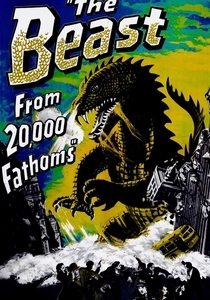
The Beast from 20,000 Fathoms (1953)
Description: An atomic bomb test in the Arctic awakens a prehistoric creature, leading to chaos in New York City. This film was one of the first to link nuclear testing with monstrous mutations.
Fact: The film's stop-motion animation was done by Ray Harryhausen, who would later become famous for his work in films like "Jason and the Argonauts."
 Watch Now
Watch Now 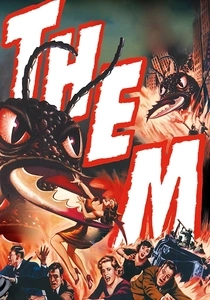
Them! (1954)
Description: Giant ants, mutated by atomic bomb testing, terrorize the American Southwest. This film captures the public's nuclear anxiety of the Cold War era, making it a classic in the radiation mutation genre.
Fact: The film was one of the first to use the concept of radiation causing mutations in animals, setting a trend for many monster movies to follow.
 Watch Now
Watch Now 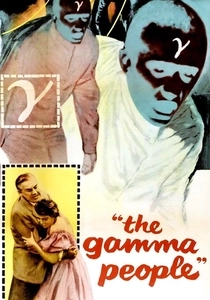
The Gamma People (1956)
Description: In a small European country, a scientist uses gamma rays to mutate people into obedient superhumans. This film delves into the ethical implications of radiation-induced mutations.
Fact: The film was shot in Germany, using the backdrop of post-war Europe to enhance its eerie atmosphere.
 Watch Now
Watch Now 
The Atomic Submarine (1959)
Description: A nuclear-powered submarine encounters a mysterious creature, possibly mutated by radiation, in the Arctic. This film combines Cold War submarine drama with sci-fi horror.
Fact: The film was one of the first to use the concept of a nuclear-powered submarine in a sci-fi setting.
 Watch Now
Watch Now 
X: The Man with the X-Ray Eyes (1963)
Description: A scientist develops eye drops that grant him X-ray vision, but the side effects lead to his descent into madness. While not a physical mutation, the film explores the psychological effects of radiation.
Fact: The film was directed by Roger Corman, known for his low-budget, high-impact horror and sci-fi films.
 Watch Now
Watch Now 
The Hills Have Eyes (1977)
Description: A family on a road trip encounters a clan of cannibalistic mutants, the result of nuclear testing in the Nevada desert. This film explores the darker side of human mutation due to radiation.
Fact: Wes Craven, the director, was inspired by the legend of the Sawney Bean family, a clan of Scottish cannibals.
 Watch Now
Watch Now 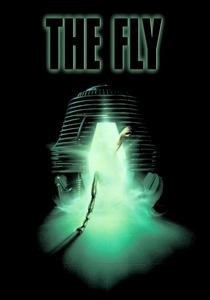
The Fly (1986)
Description: A scientist's experiment with teleportation goes horribly wrong when a fly enters the pod, leading to his gradual transformation into a monstrous hybrid. This film is a prime example of radiation-induced mutation, albeit through teleportation technology.
Fact: The film was remade from the 1958 original, and the transformation effects were groundbreaking for their time, earning an Academy Award for Best Makeup.
 Watch Now
Watch Now 
The Incredible Shrinking Man (1957)
Description: After exposure to a radioactive cloud, a man begins to shrink, leading to existential crises and survival challenges. While not a mutation in the traditional sense, it's a unique take on radiation's effects.
Fact: The film was based on a novel by Richard Matheson, who also wrote "I Am Legend."
 Watch Now
Watch Now 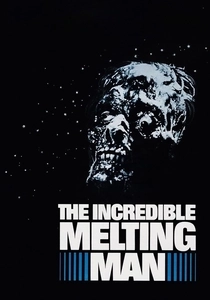
The Incredible Melting Man (1977)
Description: An astronaut exposed to radiation during a space mission begins to melt, turning into a horrifying creature. This film takes a grotesque approach to radiation's effects on the human body.
Fact: The film was initially panned by critics but has since gained a cult following for its unique horror elements.
 30 Days Free
30 Days Free 
Godzilla (1954)
Description: Awakened by nuclear testing, Godzilla emerges as a metaphor for the destructive power of atomic bombs. This iconic film not only showcases mutation but also reflects Japan's post-war trauma.
Fact: The original suit used for Godzilla weighed over 200 pounds, and the film was remade and rebooted several times.
 30 Days Free
30 Days Free 








